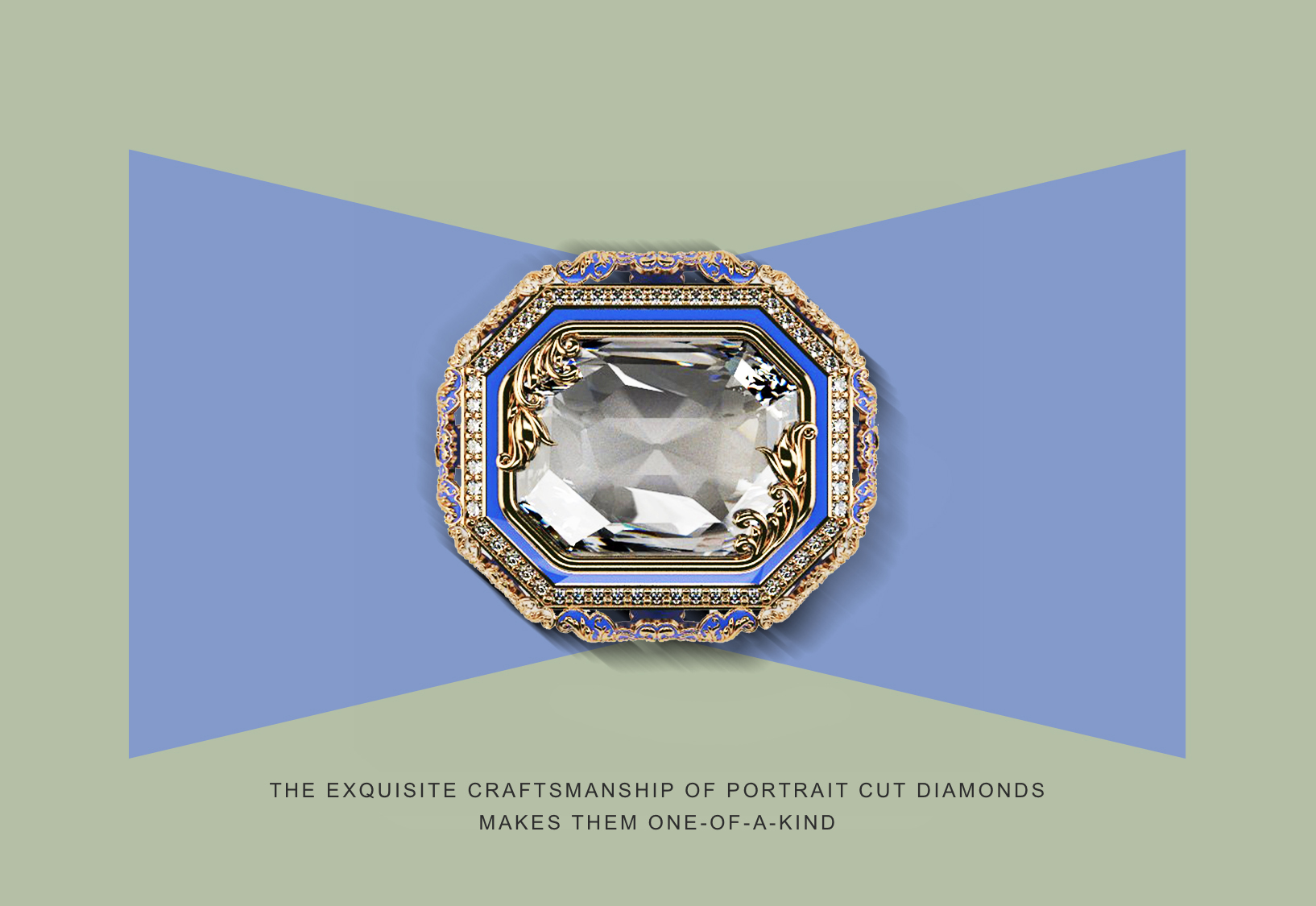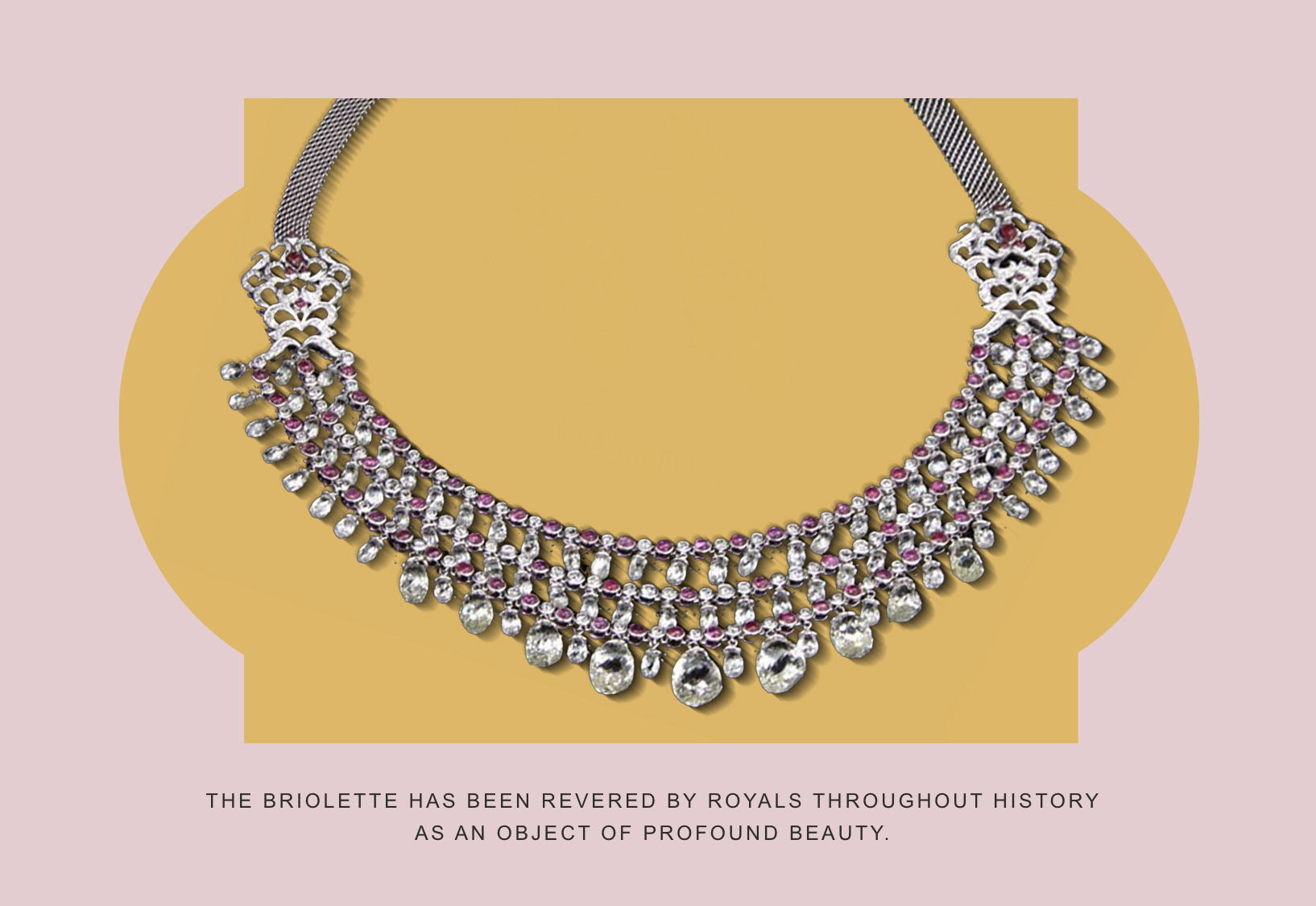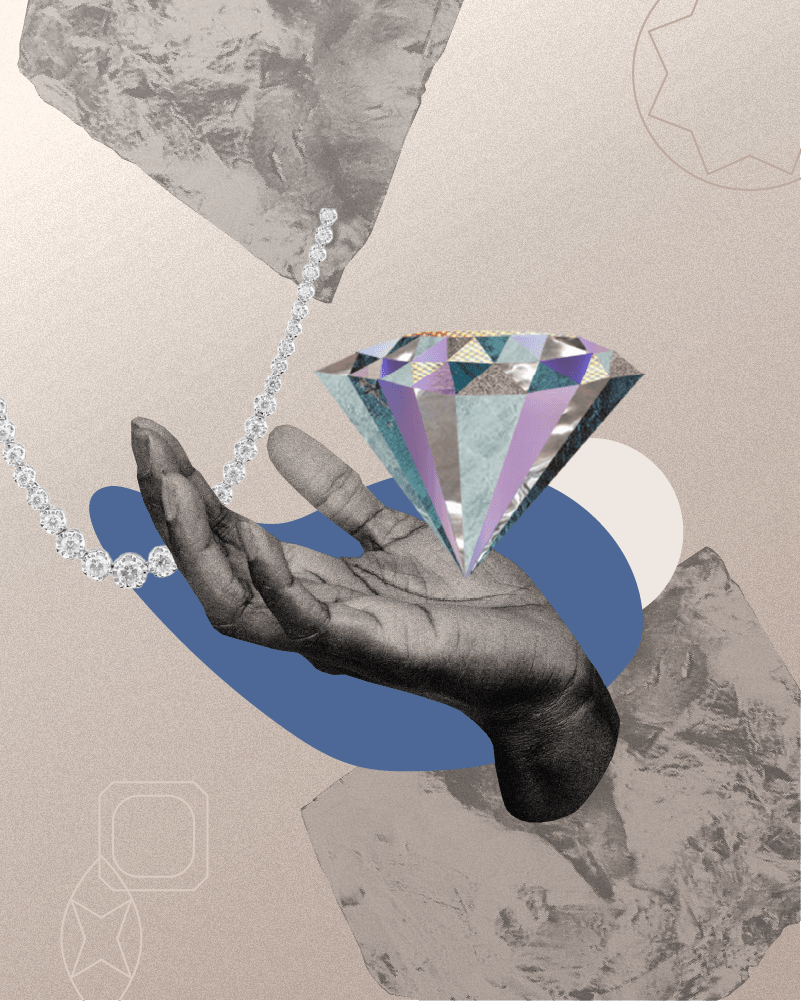Vintage Cuts Make A Comeback
Vintage natural diamond cuts are adding a touch of class to new age jewels as they combine tradition and modernity to create timeless pieces that are ethereal and eternal.
While most people understand diamond cuts as one of the four C’s (cut, colour, clarity and carat) in buying a good diamond, the importance of the cut is really about the ability of the natural diamond to reflect light and sparkle in the process.
As far as new age diamond jewellery trends are concerned, fancy cuts and gemstones that were popular in 2021 are set to rule this year as well. A combination of colours, mix of cuts, bolo closures and settings are also in vogue. Specifically in terms of cuts, a clear trend is the return of vintage cuts.
Naturally then, achieving the perfect cut can add an edge to the natural diamond and give the piece of jewellery its distinct character. Like with most things, retro is in fashion and there is a very clear trend towards antique natural diamond cuts that are now being seen in new age and modern jewellery pieces. This is one of the reasons why three special natural diamond cuts – rose, briolette, and portrait are seeing a comeback of sorts in diamond jewellery. So why are these cuts becoming popular? We ask experts to decode these cuts and why they are trending today.
Rose Cut
The rose cut diamond dates back to the 1500s and was popular through the Georgian and Victorian age. It was measured and cut by hand and was designed to look like the coil of petals in a rose. A popular piece of jewellery with this cut happened to be an engagement ring as the flat bottom allowed the natural diamond to shine. After the ultramodern cutting technology was developed in the mid-20th century, the rose cut made its way to the brilliant cut, which focuses on achieving the maximum quantum of light from the diamond. The rose-cut’s superior brilliance, scintillation, and larger face area maintained a steady following throughout the Georgian Period.
“Presently, coloured gems in rose-cut shapes have also taken off in terms of popularity. After the white rose cut, the multi-colored diamond followed suit and now they are incredibly common in black, champagne, and opaque and rustic colours as well. In modern design rose cut jewellery, set with coloured gemstones such as sapphires, rubies play around with design aesthetics. The most attractive feature of a rose cut is its versatility. Commercially rose cut diamonds are way cheaper due to the number of facets it contains. Today’s jewellery artists are using rose-cut gems to breathe new life into their collections and I believe the trend is here to stay as it provides customers with an antique look without costing them a bomb,” says Suresh Arora, Founder, Srishti Fine Jewelry.
With rose cuts being favoured choice amongst people now, especially the ones trying to make ethical choices with their diamonds, there is no better choice than antique jewellery. It has captured people’s imagination because of the unique history that it carries along with it and also the memories that are intrinsically connected with them. A rose-cut diamond is popular in engagement rings as jewellery originators and rose-cut diamond cutters have planted ways to add further sparkle to the rose cut by incinerating thin layers of tableware or gold with the diamond.
Portrait Cut
The portrait cut diamonds are believed to have their origins in ancient Indian jewellery-making. This cut is unique and has a thin glass like finish and is surrounded with delicate facets that results in a shallow, step-cut stone and was used to protect and visually enhance miniature paintings. Naturally this cut needs a lot of technical prowess to shape and facet the gems. The understated elegance of this cut is making it a popular choice among millennials today. Actress Rooney Mara’s hexagonal, portrait-cut diamond engagement ring is a well known example of this cut.
For the uninitiated, the ‘portrait cut’ is very similar to the polki or the Indian uncut natural diamond and has a similar structure. Technically, they are both thin sheets of diamond. Being a thin slice of diamond without the underlying culet, it has a lower carat weight and hence, it is also cost effective. This is also why the cut is preferred by the new generation who want to wear natural diamonds that are not pocket heavy.
“Polkis are one of the most historical cuts in diamonds, as they are seen mostly in the jewellery of the maharaja’s of India. In this cut, slices of diamonds are used. The only difference between the polki and the portrait is that the portrait cut has a definite shape and facets. The table of the portrait cut is large and the large table and the minimal facets on the sides give it a Victorian old-time charm.”
Pallavi Dudeja Foley, Jewellery Designer

Jewellery: Pallavi Foley
The portrait cut also shares the aura of grandeur and princely, royal style of the past. “I love this cut, as it is subtle yet very luxurious. I designed this ring inspired by the Sukh Nivas, the resting room, in the city palace in Jaipur. The blue and white paintings and carved pillars were my inspiration for this ring. I chose to use the portrait cut as the center diamond, as it was more affordable, yet promised an understated luxurious look. The step cut does not give a propped-up look to the diamond. This ring is a tribute to our past,” adds Foley. Naturally, who wants a normal cut when you can have the portrait cut? A slice of the past, which can make you feel the charm of the resplendent era.
Briolette Cut
The Briolette cut, believed to be among the oldest gem cutting techniques, has a chandelier effect and is typically seen in pear-shaped diamonds. This cut is said to have originated in India over 800 years ago and does not have the typical aspects of a diamond like Table, Crown and Pavilion. This is why this cut reflects light from all angles making them both rare and expensive. However, the uneven outlines of the less produced, more charming old cuts are preferred by the mature diamond buyer. Among the most famous is the ‘Briolette of India’, a historical natural diamond that dates between 1122 and 1200 and believed to be the oldest diamond on record in the world.
“Of all, briolettes are the most difficult to design or even set them into fine jewellery. Briolette needs a bit more care in handling as the little drill holes are brittle and prone to breakage. Briolettes, it’s well known, history dates back several hundreds of years. Probably amongst the early faceting when found to be incapable to be cut into profitable shapes. The Indian taste for drops in earring may have been the reason for its popularity in India. C. Krishniah Chetty has been mounting Briolettes for over a century as the royal clients did ask for them on their earrings or pendants. Of late, we have been making them into necklaces and pendants with some being major in value.”
“The neck piece image shows one such important jewel we made a few years ago with a sale price of Rs 1 crore”
Dr. C. Vinod Hayagriv, Managing Director, 150 Years Heritage Luxury Jewellery House C Krishniah Chetty Group of Jewellers.

Briolettes are quite unusual as they have to be faceted on all sides, giving these stones their reflective, glimmering quality. Whilst they are primarily used as drops in chandelier earrings, they can be used to create both Victorian style as well as contemporary style of jewels.
These vintage natural diamond cuts are making a comeback as they not just allow the natural shape and contour of the natural diamond to remain intact but also reflect an era gone by that has style, history and a story. With natural diamond jewellery always being on everyone’s wish list, it is cuts like these that make these pieces truly timeless. And this is exactly what the new age jewellery lover is seeking, making these cuts popular and ones that will probably get passed on as heirlooms.
